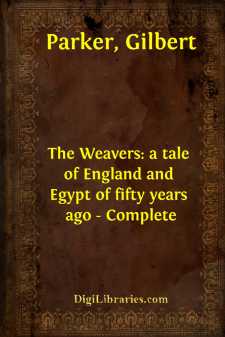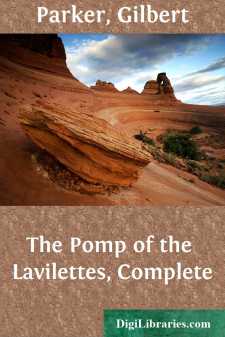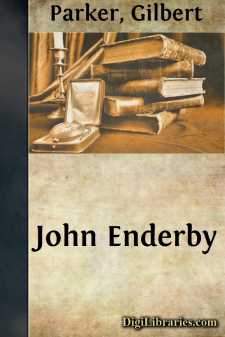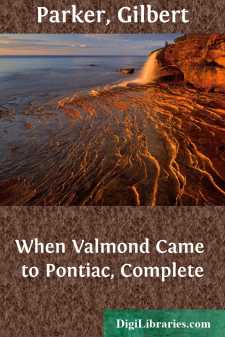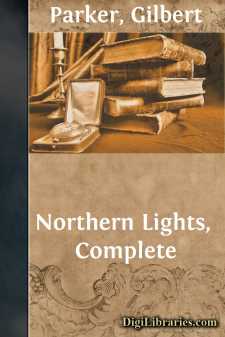Categories
- Antiques & Collectibles 13
- Architecture 36
- Art 48
- Bibles 22
- Biography & Autobiography 813
- Body, Mind & Spirit 138
- Business & Economics 28
- Children's Books 12
- Children's Fiction 9
- Computers 4
- Cooking 94
- Crafts & Hobbies 4
- Drama 346
- Education 46
- Family & Relationships 57
- Fiction 11821
- Games 19
- Gardening 17
- Health & Fitness 34
- History 1377
- House & Home 1
- Humor 147
- Juvenile Fiction 1873
- Juvenile Nonfiction 202
- Language Arts & Disciplines 88
- Law 16
- Literary Collections 686
- Literary Criticism 179
- Mathematics 13
- Medical 41
- Music 40
- Nature 179
- Non-Classifiable 1768
- Performing Arts 7
- Periodicals 1453
- Philosophy 64
- Photography 2
- Poetry 896
- Political Science 203
- Psychology 42
- Reference 154
- Religion 505
- Science 126
- Self-Help 81
- Social Science 81
- Sports & Recreation 34
- Study Aids 3
- Technology & Engineering 59
- Transportation 23
- Travel 463
- True Crime 29
The Weavers: a tale of England and Egypt of fifty years ago - Complete
by: Gilbert Parker
Description:
Excerpt
CHAPTER I. AS THE SPIRIT MOVED
The village lay in a valley which had been the bed of a great river in the far-off days when Ireland, Wales and Brittany were joined together and the Thames flowed into the Seine. The place had never known turmoil or stir. For generations it had lived serenely.
Three buildings in the village stood out insistently, more by the authority of their appearance and position than by their size. One was a square, red-brick mansion in the centre of the village, surrounded by a high, redbrick wall enclosing a garden. Another was a big, low, graceful building with wings. It had once been a monastery. It was covered with ivy, which grew thick and hungry upon it, and it was called the Cloistered House. The last of the three was of wood, and of no great size—a severely plain but dignified structure, looking like some council-hall of a past era. Its heavy oak doors and windows with diamond panes, and its air of order, cleanliness and serenity, gave it a commanding influence in the picture. It was the key to the history of the village—a Quaker Meeting-house.
Involuntarily the village had built itself in such a way that it made a wide avenue from the common at one end to the Meeting-house on the gorse-grown upland at the other. With a demure resistance to the will of its makers the village had made itself decorative. The people were unconscious of any attractiveness in themselves or in their village. There were, however, a few who felt the beauty stirring around them. These few, for their knowledge and for the pleasure which it brought, paid the accustomed price. The records of their lives were the only notable history of the place since the days when their forefathers suffered for the faith.
One of these was a girl—for she was still but a child when she died; and she had lived in the Red Mansion with the tall porch, the wide garden behind, and the wall of apricots and peaches and clustering grapes. Her story was not to cease when she was laid away in the stiff graveyard behind the Meeting-house. It was to go on in the life of her son, whom to bring into the world she had suffered undeserved, and loved with a passion more in keeping with the beauty of the vale in which she lived than with the piety found on the high-backed seats in the Quaker Meeting-house. The name given her on the register of death was Mercy Claridge, and a line beneath said that she was the daughter of Luke Claridge, that her age at passing was nineteen years, and that "her soul was with the Lord."
Another whose life had given pages to the village history was one of noble birth, the Earl of Eglington. He had died twenty years after the time when Luke Claridge, against the then custom of the Quakers, set up a tombstone to Mercy Claridge's memory behind the Meeting-house. Only thrice in those twenty years had he slept in a room of the Cloistered House. One of those occasions was the day on which Luke Claridge put up the grey stone in the graveyard, three years after his daughter's death. On the night of that day these two men met face to face in the garden of the Cloistered House....


